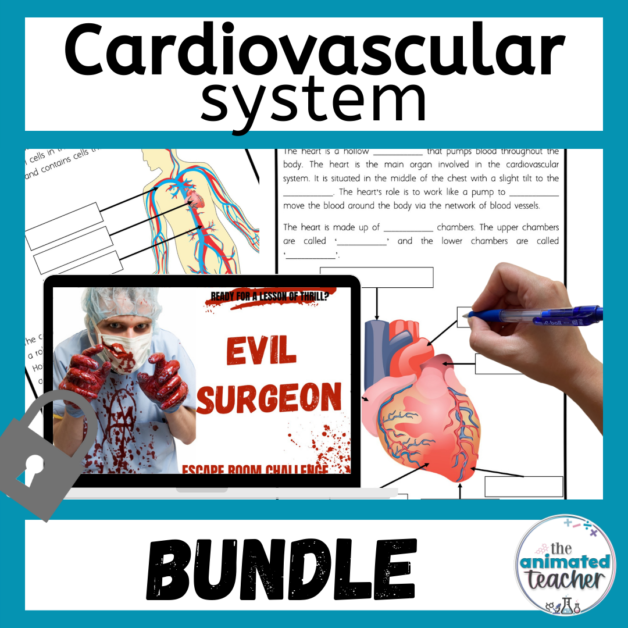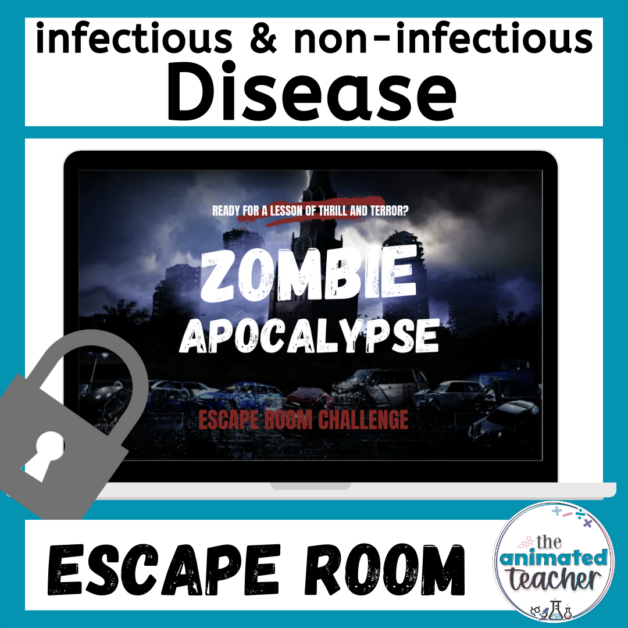
15 best dry ice halloween experiments and display ideas
15 best dry ice halloween experiments and display ideas
Dry ice is so much fun, and its smoky effect is perfect to create spooky fog for a Halloween themed lesson!
So grab a coffee and sit back and relax while I give you 15 halloween experiments and display ideas to spook up your lessons this Halloween!
dry ice halloween experiments and display ideas

Disclaimer: This blog post, ‘dry ice halloween experiments and display ideas‘, may contain links to resources that I have created for classroom use. Read full disclaimer here. activ
Background about Dry Ice:
Dry ice is the solid form of carbon dioxide (CO₂). It’s called ‘dry’ because it doesn’t melt into a liquid as regular ice does; instead, dry ice sublimates, meaning it turns directly from a solid into a gas at temperatures above -78.5°C (-109.3°F). This sublimation process produces a cold, dense fog, which is why dry ice is often used in fog machines for theatrical effects.
Solid carbon dioxide is much colder than regular ice, which makes it useful for preserving food, medical supplies, and other perishable items during shipping. However, because it releases carbon dioxide gas as it sublimates, it needs to be handled in well-ventilated areas to prevent the buildup of CO₂, which can be dangerous in high concentrations.
Additionally, due to its extremely low temperature, handling dry ice requires protective gloves to prevent frostbite.
dry ice halloween experiments and display ideas
dry ice halloween experiments / demonstrations:
Science experiments are a great way to engage students and take advantage of the wonder of dry ice!
1. Comparing Dry Ice and Regular Ice: Have students compare their observations of regular water ice and a small piece of dry ice.
2. Dry Ice In Water: Put a small amount of dry ice in some water.
3. Bubbles of Dry Ice: Add some dish soap to water and add some dry ice.
4. Floating Bubbles: Put some dry ice in water in a fish tank or large container. Blow some normal bubbles over the top and see them float on the top of the dry ice.
5. Balloon: Put water and dry ice in the bottom of a bottle and place a balloon over the top. Once the balloon is full of gas, tie it up and compare to a normal balloon.
6. Indicator: In a beaker of water place a squirt of universal indicator. Then add some dry ice and watch the color changes.
7. Trapped gas: Find a small bowl or cylinder with a round rim (no spout). Soak a paper towel in some detergent and water. In the bowl add water and the dry ice and then run the soaked paper towel over the rim of the dish of water to create a bubble that traps the dry ice.
8. Food Dye: Put food coloring in water and ask students whether or not the gas will be colored or not. Then add the dry ice and observe.
9. Compare steam and carbon dioxide gas: Have students compare the carbon dioxide gas and steam.
dry ice halloween experiments and display ideas
Halloween decoration suggestions:
The spectacular fog effects of dry ice make it perfect to create a spooky classroom atmosphere for Halloween festivities.
1. Jack O’Lantern: Cut out a pumpkin and put a beaker of water with dry ice inside to create a spooky halloween display using the dry ice fog effects!
2. Witch’s cauldron: Add green food dye to water and add dry ice in a witches cauldron for special effects
3. Smoking drinks: Our soft drinks are made up of carbon dioxide gas in water, there is no harm in having a little bit of dry ice in some smoking drinks! CAUTION: be sure no one ingests any solid carbon dioxide. Alternatively, use the double bowl method as described for the halloween punch below.
4. Smoking candy bowl: Place a smaller bowl inside a large one. Put the candy in the smaller bowl, and dry ice with water in the surrounding area. The spooky dry ice fog will flow out from under the candy, making it look like the treats are floating in mist.
5. Graveyard mist: Distribute dry ice in shallow dishes or trays hidden among tombstones or under faux grass in a graveyard scene. Add warm water when the fog starts to subside. The low-lying fog will create a extra spooky vibe.
6. Halloween Punch: Place a smaller bowl inside a larger punch bowl. Put the punch in the inner bowl and the dry ice in the water in the larger bowl.
Who knew that plain old carbon dioxide could be so fun?!
dry ice halloween experiments and display ideas
-
Sale!
Easy Science Halloween Activities for Middle School Bundle
Original price was: $73.00.$63.07Current price is: $63.07. -
Sale!
Science skills escape room bundle 5 activities
Original price was: $40.00.$32.00Current price is: $32.00. -
Types of chemical reactions escape room activity chemistry
$8.00
Dry Ice Safety Tips:
While dry ice is great fun, it is important to take care when handling.
1. Never touch dry ice with your bare hands or let it touch bare skin. Always use tongs or heavy duty gloves to avoid frostbite or terrible burns.
2. Keep the dry ice in the styrofoam container until ready to use.
3. Use small pieces of dry ice.
4. Use in a well-ventilated area. The carbon dioxide gas that is produced as it sublimates can cause suffocation in small spaces.
5. Store dry ice in a well-insulated container but do not seal it tightly, as the pressure build-up from sublimating CO₂ could cause the container to burst.
6. Never ingest dry ice or place it directly in your mouth, as it can cause severe internal burns.
7. For disposal – allow dry ice to sublimate in a well-ventilated area, away from people and pets. Do not dispose of dry ice in sinks, toilets, or trash cans, as it can cause damage.
8. Teach your students the risks of touching dry ice.
9. Always keep out of reach of small children and follow proper safety precautions.
Note: Because dry ice sublimates, you will need to use the dry ice on the day or day after you get it delivered or it will disappear quickly.
RISK ASSESSMENT:
Make sure you follow your school’s protocol and carry out your own risk assessment.
dry ice halloween experiments and display ideas
Conclusion
Dry ice halloween experiments are a great way to engage students and create a spooky atmosphere!
So make your Halloween lesson spooky with the above dry ice halloween experiments and demonstrations, and don’t forget to order some extra dry ice to create some spooky decorations!
Note: Always consult your school’s specific safety guidelines and policies, and seek guidance from experienced colleagues or administrators when in doubt about safety protocols.
dry ice halloween experiments and display ideas
About the Author

Spring break guide for teachers












































